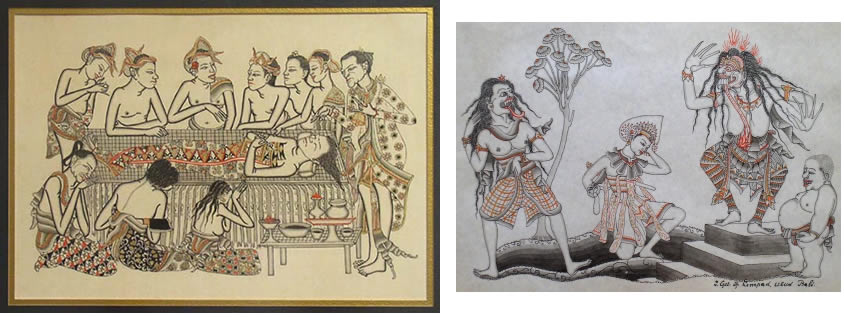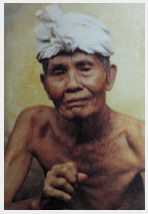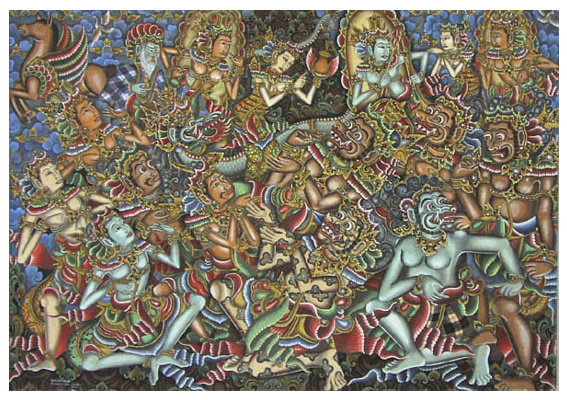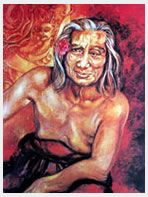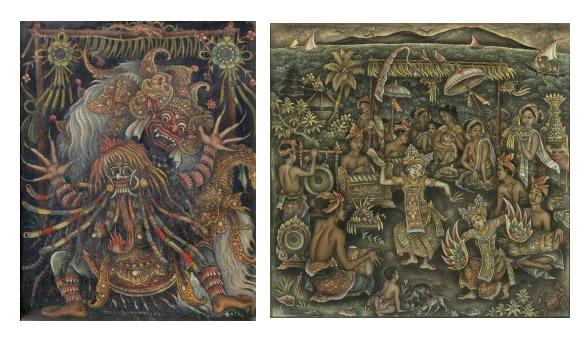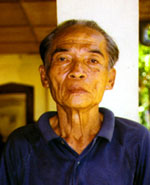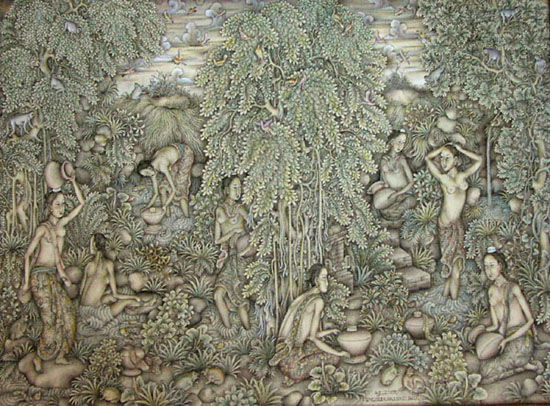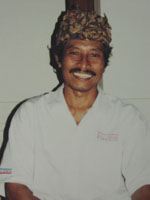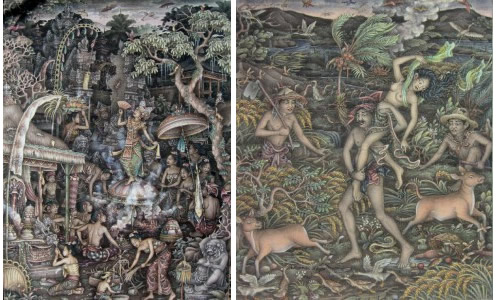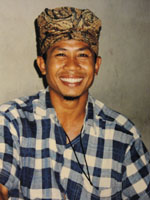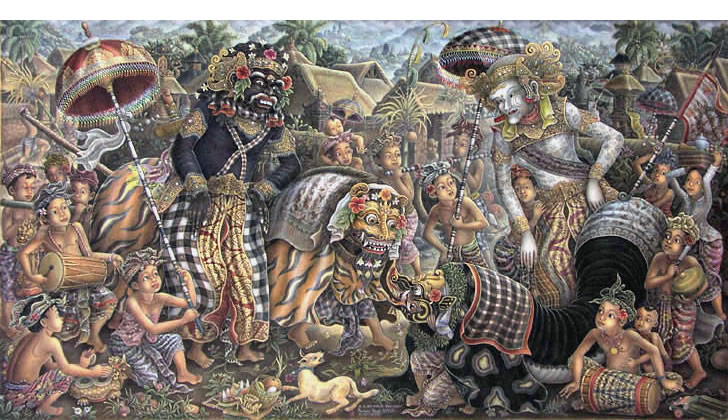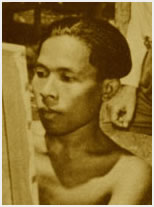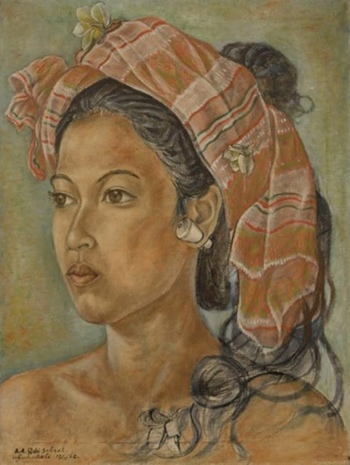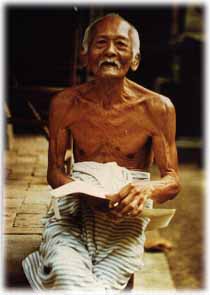
I Gusti Nyoman Lempad (1862–1978)
Gusti Nyoman Lempad, born in Bedulu around 1862, was already married and living and working in Ubud at the time of Krakatoa’s eruption in 1883. A multi-talented artist, acknowledged by his peers as a pre-eminent undagi(architect of temples and palaces) and stone sculptor, he was a founding member of Pita Maha, the association of Balinese artists that led the movement toward modern painting in Bali. He achieved global recognition for the drawings he created in the last 50 years of his long life. His architectural work in Ubud includes the Pura Taman Saraswati, the Pura Desa, and the Museum Puri Lukisan. He died in Ubud at 116 years old in 1978.
From 20 September to 24 November 2014, the Museum Puri Lukisan is holding the first major international retrospective of Lempad’s drawings. The first catalogue raisonné of his work, Lempad of Bali: The Illuminating Line, published by the museum, accompanies the exhibition.
Lempad’s style, derived from Bali’s lontar drawing tradition, informs all of his work, which usually depicts tales of Balinese folklore and the legends and mythology of his Hindu-Buddhist faith.
His drawings are in the collections of Puri Lukisan Museum, Neka Museum, ARMA, Art Center Denpasar, Tropen Museum (Amsterdam), Rijkmuseum voor Volkenkunde (Leiden), Museum für Völkerkunde (Basel), Museum für Völkerkunde (Vienna), Dansmuseet (Stockholm), The American Museum of Natural History (New York City), and the Library of Congress (Washington, DC).
